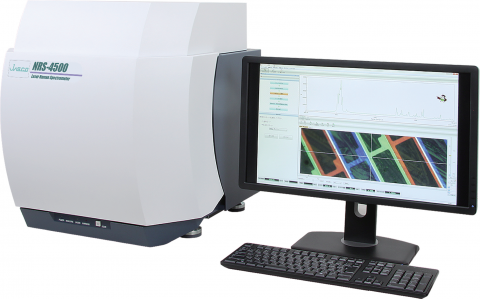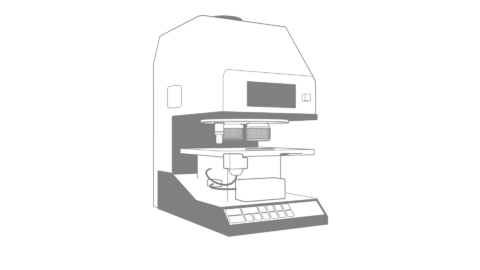The NRS-4500, a Raman microscope, can measure small samples that have a size of around one micrometer. These samples can be placed in the microscope using a glass slide.

The plastics for this measurement are microplastics collected in the South Florida region. These samples were washed thoroughly to avoid any influence on the measurement.
The laser that we used was 785nm. This laser can produce less fluorescence. We also use less power from the laser so this decreases the chance of damaging the sample when performing a measurement.
Results
Once the measurement is completed, we can see that the peaks come out very nicely in a very short time of collection. Next, the spectrum then is sent to a search algorithm that is going to identify what is the possible material. The sample was identified as polypropylene.






